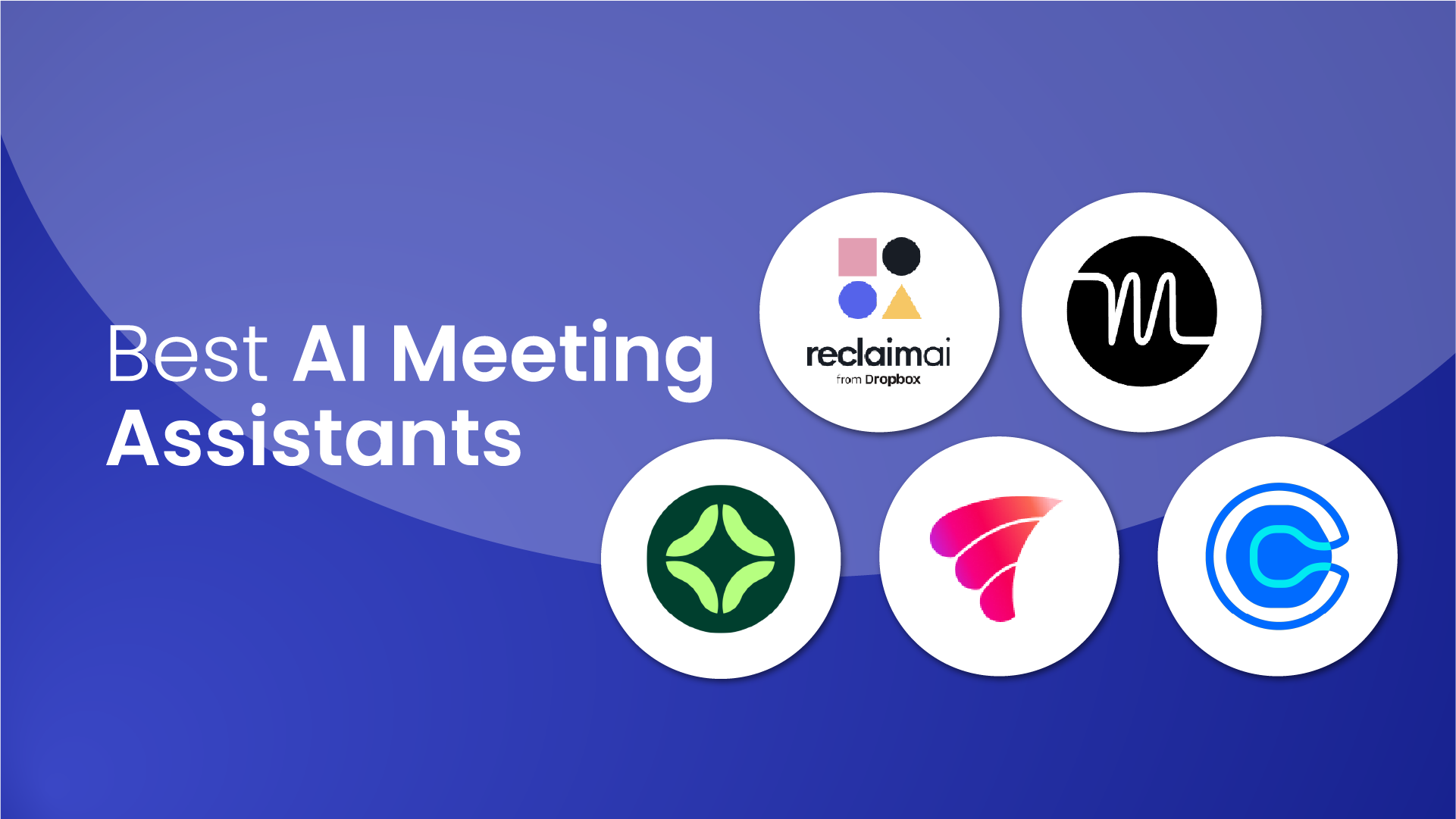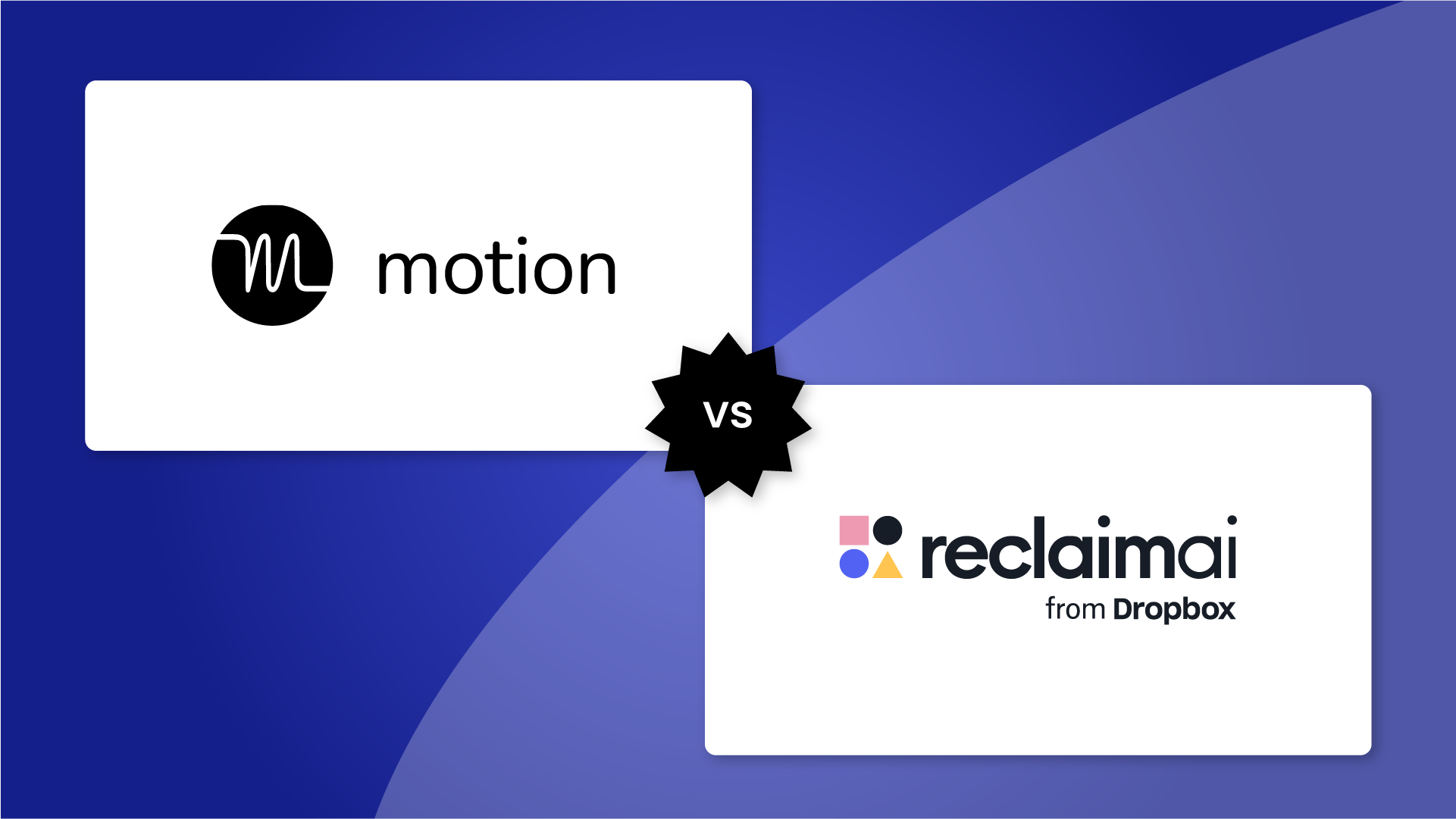Google just made a small change that is going to have a big impact on how people manage their calendars and their time. In September, Google announced a slew of changes to GSuite with a "Featured Launch" highlighted at the top:
We’re revamping the feature in Google Calendar that helps you let colleagues know when it’s best to work with you. The updates to the Working Hours feature include:
- Working hours now show in grid view: When you schedule a meeting with other Calendar users, their working hours will be shown in the calendar grid
- Warning note for event creators: If you try to schedule an event outside the working hours of one more or guests, you’ll now see an “Outside working hours” notification
- Working hours is ON by default: Working hours will now be turned on for all users by default.
What this means is that you should very soon (if you haven't already) receive a notification in Google Calendar asking you to set your working hours along with a guess that Google makes as to what those working hours are. Working Hours, if you're unfamiliar with the feature, assumes a timeframe where you're able to accept and attend meetings and warns schedulers if they create a meeting outside of those hours.

Given that Google released more than a dozen features to GSuite in September, it's curious that they chose to emphasize this one as the marquee launch. So: what's really changed here, and what does it mean for the way we work?
In the past, Working Hours was a feature that largely went ignored by calendar users and schedulers alike. Because it was buried in the Settings page of Google Calendar, and because it was off by default, it was potentially a feature that was going unused by many. Further, because it was an optional feature, schedulers viewed compliance with it as optional: they'd routinely schedule time that went outside of your working hours and expect you to show up.
Probably the biggest shift that Google made here was to make Working Hours a default setting for all users, which pushes it toward becoming immediately more prominent when you schedule a meeting. In other words, by making it the norm and not the exception, Google has basically codified Working Hours as a requirement for scheduling meetings responsibly. It's no longer a thing your coworker obsessed with the latest Google Calendar hacks does to defend their time, it's something that applies to everybody who wants to use it.

This has big implications for how we think about work-life balance. With remote work and always-on culture becoming more and more prominent staples in our existence, and with the length and frequency of meetings increasing at a higher and higher rate each year, the temptation to schedule and accept meetings outside of normal work hours has similarly increased. By enforcing working hours as a guidepost for appropriate scheduling etiquette -- and by making schedulers aware that they're going outside of what's "normal" -- we may see some big shifts in how people think about scheduling events on your calendar in the future.
Of course, it will take a lot more than one feature change to reclaim work-life balance, but it's these kinds of nudges that make real shifts in human behavior. Just like any habit, it takes lots of cues and weeks of reinforcement to break the cycle of (as our friend David Grady put it) "Mindless Accept Syndrome". This change also keys in on a blog post that Trinity Ventures' Allison Baum wrote a little less than a year ago on a concept she called the "Flipped Workplace":
In the modern office, our presence is required for a certain number of hours. Though we are expected to be productive, the average worker is only productive for 2 hours 53 minutes of an eight-hour day, which is largely a result of juggling individual tasks with unexpected, unnecessary meetings and other distractions. The building blocks of innovation—meeting new people, asking questions, brainstorming—are nearly impossible to accomplish in the office, so they get pushed to the fringes.
A flipped workplace turns this on its head. Productive individual work is done outside of the office, on your own time, in your own place, at your own pace. Consequently, the office transforms into a space purely dedicated to meeting people, asking questions, brainstorming, and making unexpected connections.
Working Hours as a default option essentially reinforces what Baum talks about above: the office is for meetings, and your non-office time is for you. It's not to say that people will magically morph to working 40 hours a week, but rather that working hours make the calendar a defensible space against meetings that go well outside of normal working time.
If you want to get regular updates on GSuite releases, you can see their calendar here.
Better yet: if you want to start truly defending your time for what matters, sign up for Reclaim now.


































